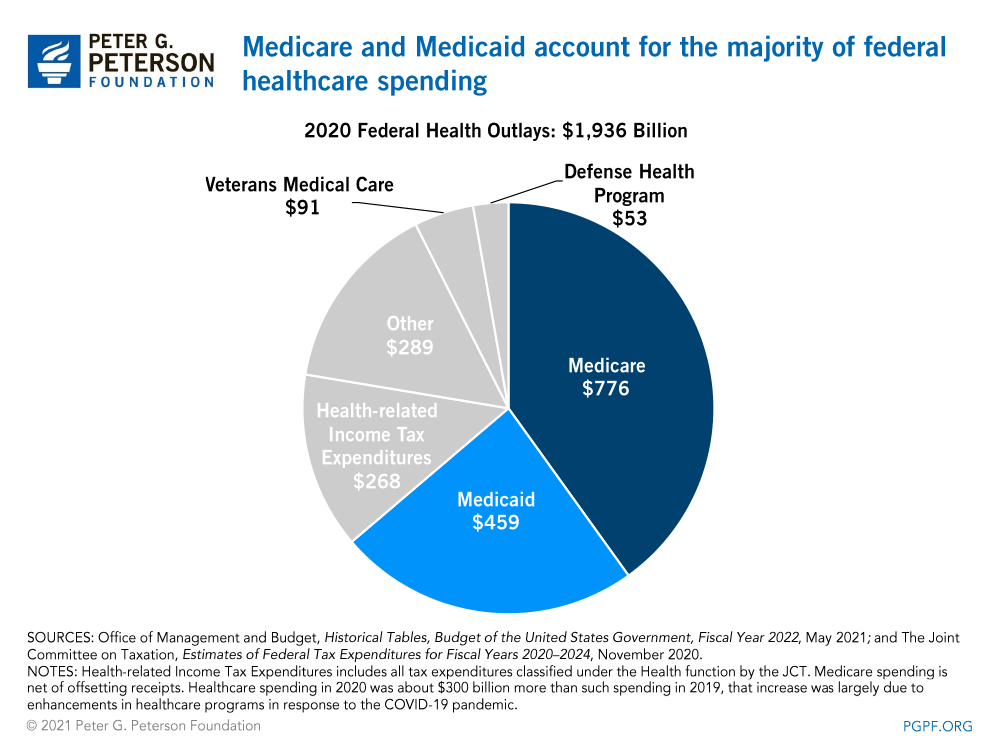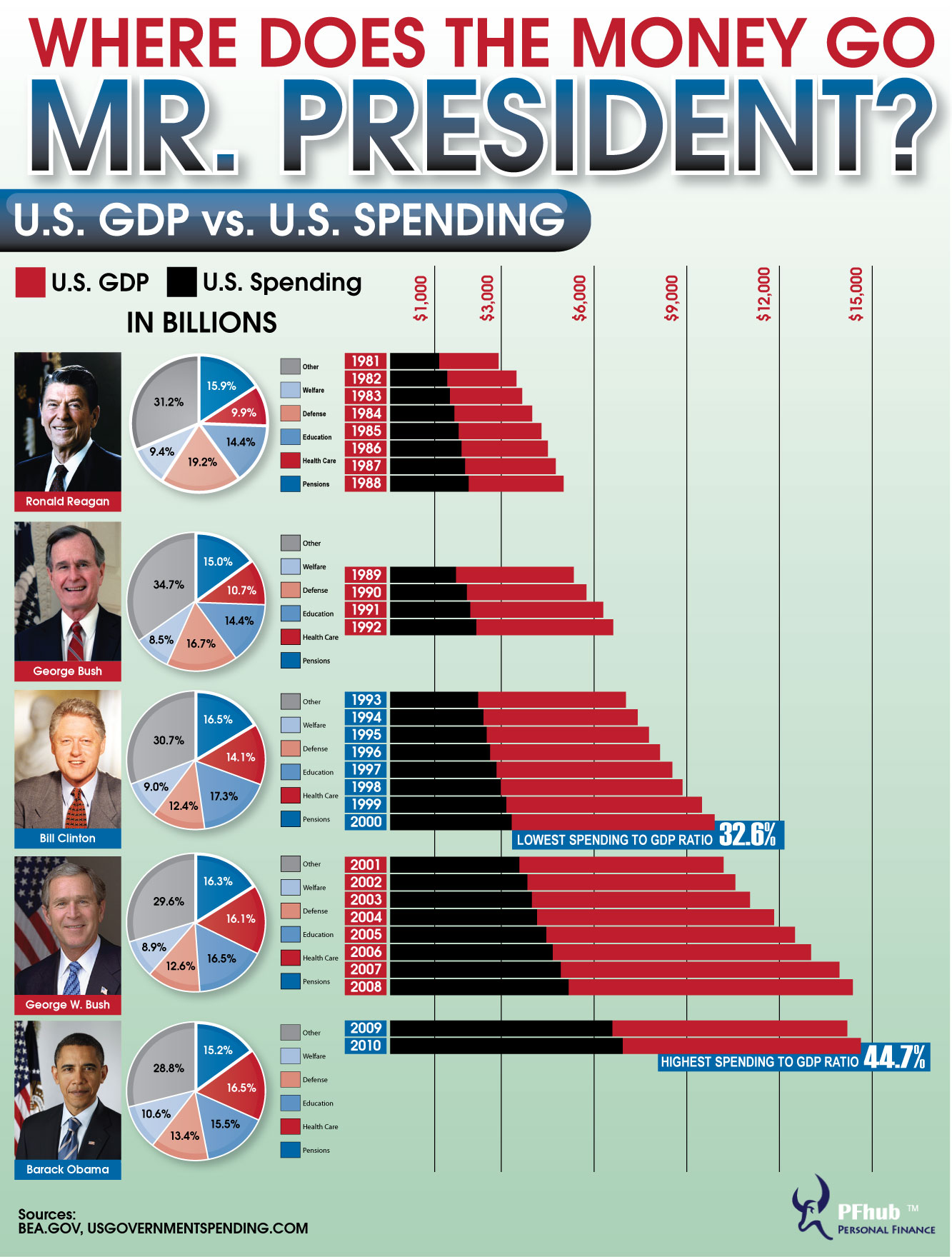

Due to inflation, the source argued, a spending freeze would amount to a cut in real dollars. That’s a red line.”Ī source familiar with the talks said once differences over the spending issue get resolved, it would "help a lot" in terms of getting a deal. “They still want to spend more money next year than we spent this year. That is not going to happen,” McCarthy said Tuesday. “Why are we in the problem we’re in? People have spent too much money and the Democrats want to even spend more than we spent last year. This is less than Barack Obama (69.98) and George W. national debt increased by 8.18 trillion, a percentage increase of 40.43. Government spending spiked to a high of 7.2 trillion annually in fiscal-year 2021, the year that Trump left the White House, or about 78 higher than the nation's spending just four years. During Donald Trump’s whole presidency, the U.S. But House Republicans want to cut spending to the level that was approved in 2021, reversing increases that have happened in the intervening years. Key Stats: National debt during Joe Biden’s presidency has increased by 2.5 trillion since he took office, an increase of 8.79 as of September 2022. Democrats have said they are OK with freezing spending at current levels. McCarthy had described Monday’s one-on-one meeting with President Joe Biden as “productive” while cautioning reporters that it shouldn’t be confused with “progress.” McCarthy suggested that the divide on federal spending levels remained a major sticking point in the talks. In 2052, revenues reach 19.1 percent of GDP.“We’re trying to give negotiators room,” the source said. They continue to rise after 2030 as an increasing share of income is pushed into higher tax brackets. After falling in relation to the size of the economy for the next few years, revenues increase in 2026, largely because of scheduled changes in tax rules. In 2022, discretionary spending reached 1.7 trillion, accounting for 27 of the overall 6.27 trillion spent, according to federal figures. In CBO’s projections, revenues rise to 19.6 percent of GDP in 2022, one of the highest levels ever recorded, because of sizable increases in collections of individual income taxes. Rising interest costs and growth in spending on the major health care programs and Social Security-driven by the aging of the population and growth in health care costs per person-boost federal outlays significantly over the 2025–2052 period. Outlays then steadily increase, reaching 30.2 percent of GDP in 2052.

federal spending was higher in 2021, which put the federal government in a budget deficit of 2.7 trillion.

In CBO’s projections, outlays in 2022 are 23.5 percent of GDP-less than last year’s total-and they continue to decline in 20 as federal spending in response to the pandemic diminishes. Despite the trillions in revenue generated, like most years, U.S. fiscal position more vulnerable to an increase in interest rates, and cause lawmakers to feel more constrained in their policy choices. debt, heighten the risk of a fiscal crisis, elevate the likelihood of less abrupt adverse effects, make the U.S. In CBO’s projections, debt as a percentage of GDP begins to rise in 2024, surpasses its historical high in 2031 (when it reaches 107 percent), and continues to climb thereafter, rising to 185 percent of GDP in 2052.ĭebt that is high and rising as a percentage of GDP could slow economic growth, push up interest payments to foreign holders of U.S. The rapid growth of nominal GDP-which reflects both high inflation and the continued growth of real GDP (that is, GDP adjusted to remove the effects of inflation)-helps hold down the amount of debt relative to the nation’s output in 20. Debtīy the end of 2022, federal debt held by the public is projected to equal 98 percent of GDP. Primary deficits-that is, deficits excluding net outlays for interest-grow from 2.3 percent of GDP in 2022 to 3.9 percent in 2052. That projected growth in total deficits is largely driven by increases in interest costs: Net interest outlays more than quadruple over the period, rising to 7.2 percent of GDP in 2052. Nevertheless, in CBO’s projections, federal deficits over the 2022–2052 period average 7.3 percent of GDP (more than double the average over the past half-century) and generally grow each year, reaching 11.1 percent of GDP in 2052. Federal spending definition: A federal country or system of government is one in which the different states or. DeficitsĪt 3.9 percent of gross domestic product (GDP), the projected deficit in 2022 is much smaller than those recorded in 20, because federal spending in response to the coronavirus pandemic has waned and revenues have risen sharply. Each year, the Congressional Budget Office publishes a report presenting its budget projections and economic forecast for the next 30 years under the assumption that current laws governing taxes and spending generally do not change.


 0 kommentar(er)
0 kommentar(er)
